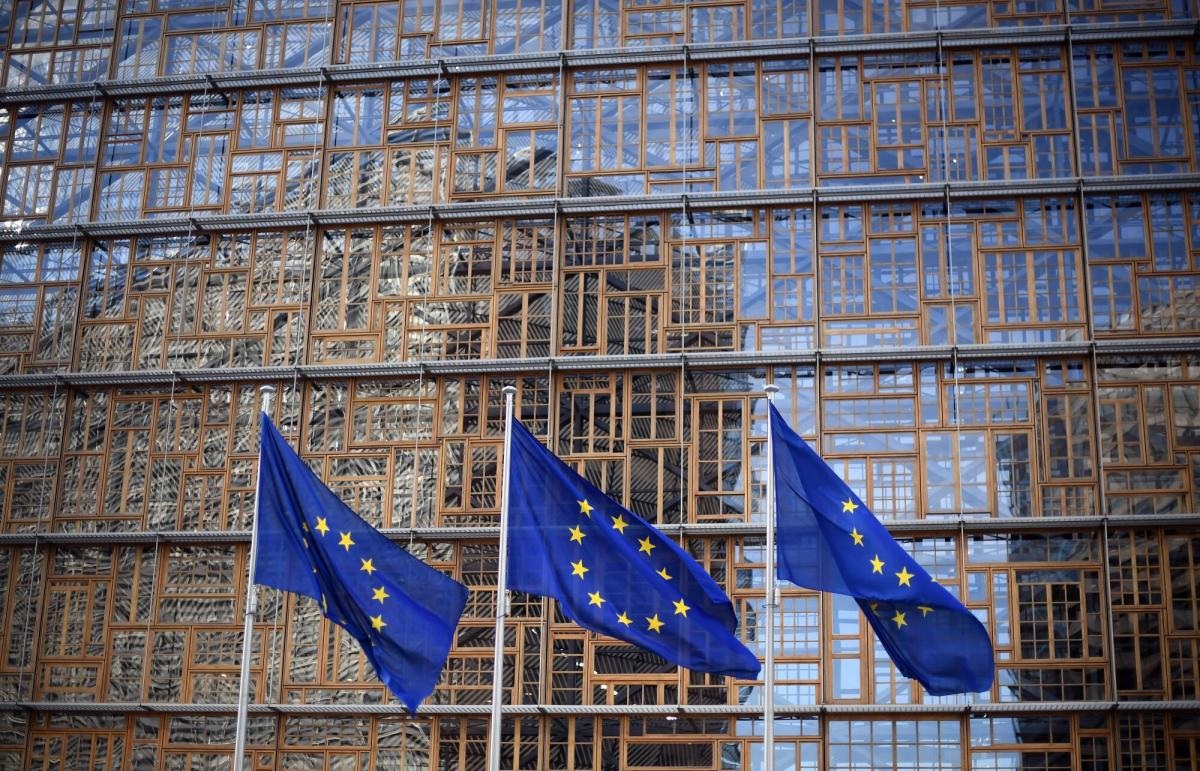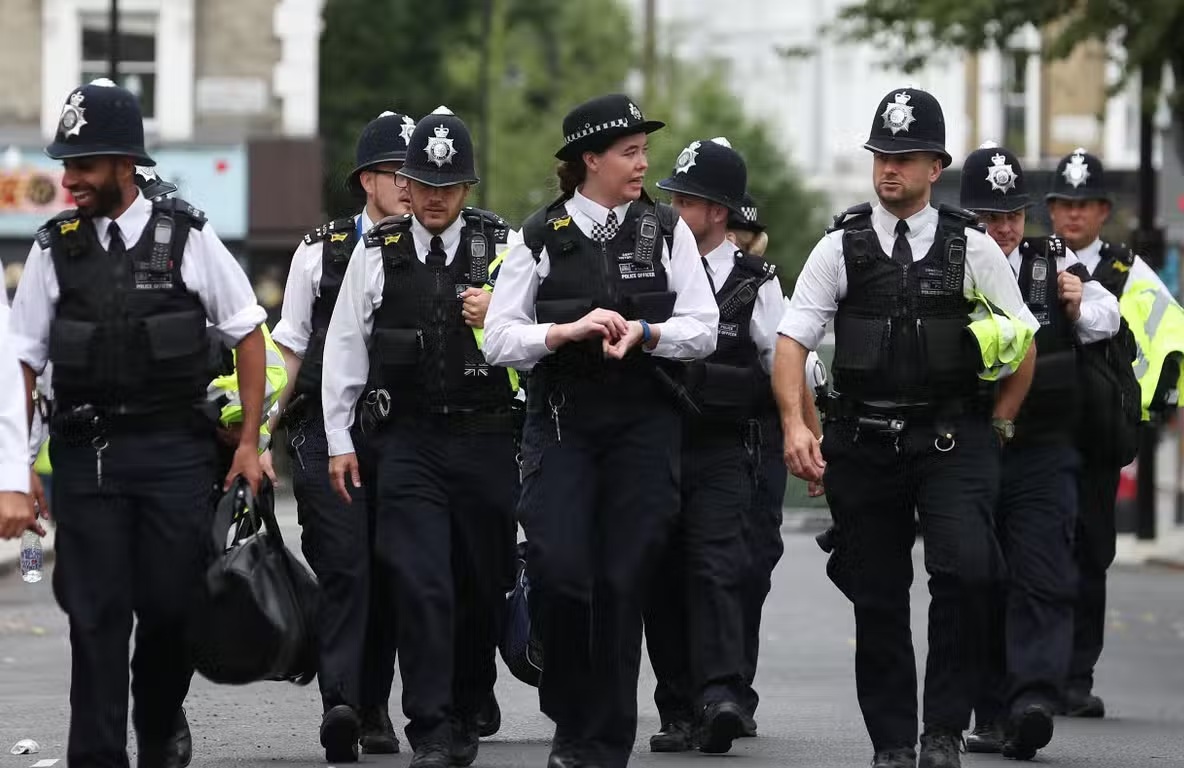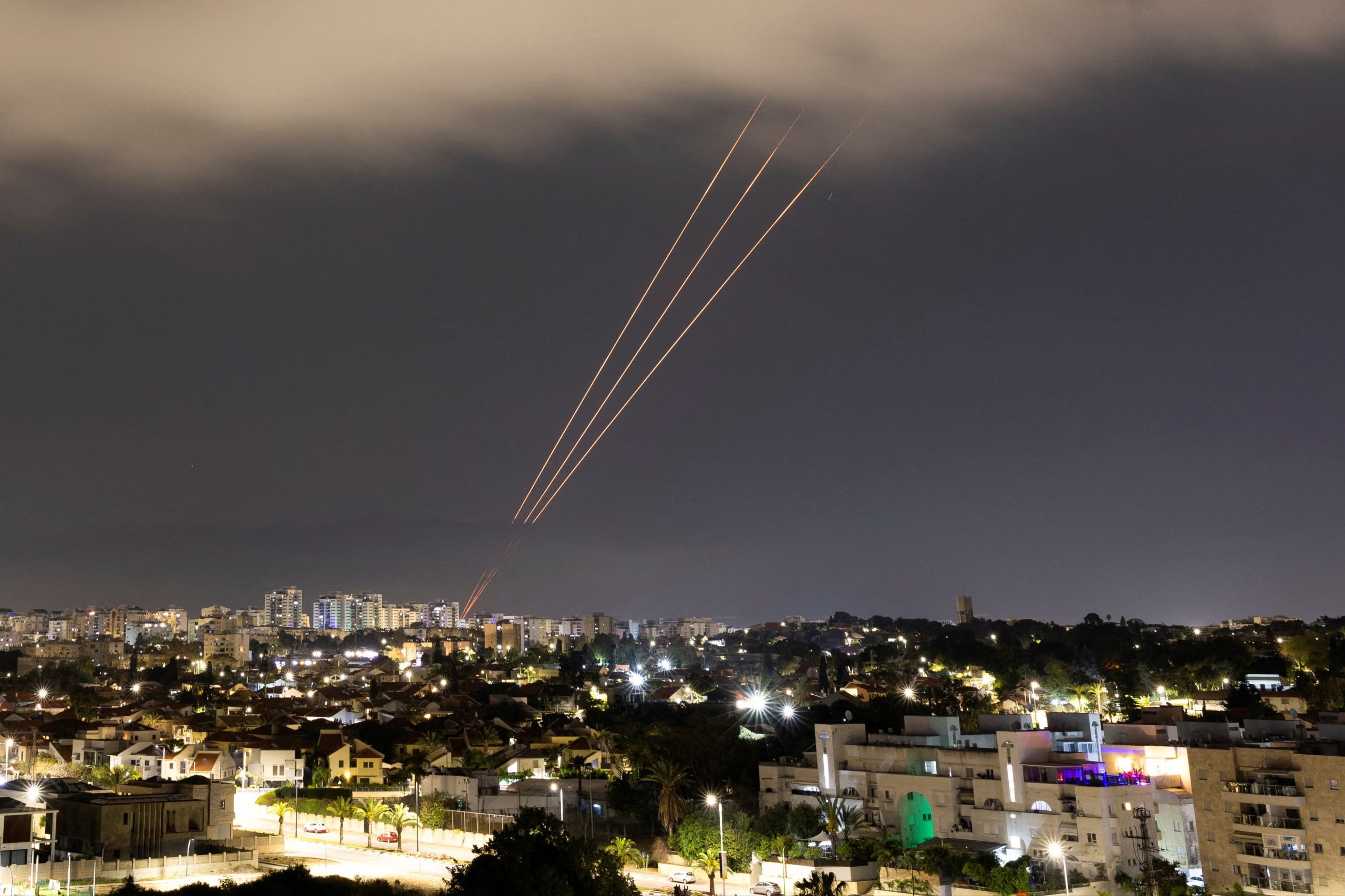Could the EU use an old, obscure law to manage a new refugee influx from Afghanistan?
Euronews – Amid the Taliban takeover of Afghanistan, another refugee crisis could be on the horizon for Europe.While experts have told Euronews it will be harder for Afghans to reach the continent, European capitals are turning their thoughts to how to deal with it.Keen to avoid a repeat of the chaotic response to the 2015 migrant crisis — when 1.3 million asylum applications were lodged in the bloc — Josep Borrell, the EU’ foreign policy chief, raised the possibility of using an obscure EU law to handle any influx.
“There’s a directive from 2001 that has never been used, and this might be the occasion to use it in order to face the situation of mass migration problem that can affect some member states,” said Borrell referring to the Temporary Protection Directive.Although there’s no evidence of a refugee influx, Borrell admitted the number of people fleeing Afghanistan is likely to increase over the next few months.
More than 3.7 million people are “internally displaced” inside Afghanistan, the vast majority — around 80 per cent — being women and children, according to the European Commission.
What is the Temporary Protection Directive?
It is an EU law that was drafted in response to the arrival of migrants fleeing the wars in Yugoslavia and Kosovo during the 1990s. It was approved in 2001 and is still in force, but its mechanism has never been activated.
The directive establishes an exceptional scheme to grant immediate and temporary protection to displaced persons from non-EU countries who have been forced to leave their homes due to an armed conflict, endemic violence or a serious risk of systematic violations of their human rights. These dangerous conditions make it impossible for the displaced people to safely return.
The mechanism is intended to work when the traditional asylum system is overwhelmed by a mass arrival of migrants. It is designed to strike a “balance of efforts” between EU countries in the reception and accommodation of vulnerable individuals.
The text doesn’t precise what constitutes a “mass influx” and simply describes a “large number of displaced persons” coming to the European Union from a specific country or region.Due to their op-out clauses, Ireland and Denmark are not bound by the legislation.
How does the process work?
The first step must come from the European Commission.After assessing the situation, the executive can put forward a proposal to member states. The analysis has to explain who will be able to apply for the temporary protection, an estimate of the size of the influx, and the starting date of the mechanism.
Taking into account the commission’s proposal and any feedback from EU countries and the United Nations Refugee Agency (UNHCR), the European Council — which consists of leaders of EU states — can vote to activate the temporary protection by a qualified majority.
In practice, a qualified majority means 55 per cent of EU countries (15 out of 27) that represent at least 65 per cent of the total EU population.The European Parliament has to be informed throughout the process but lacks any influential power.The allocation of displaced people is done according to the capabilities of each member state. On a bilateral basis, countries can agree to transfer individuals across borders.
How long does the temporary protection last?
The temporary protection is granted for one year and can be automatically extended twice for six months. In total, the protection can last up to two years.The European Council can decide to further extend the protection by another year if the circumstances that triggered the displacement are still present.
Similarly, the council can also vote to put an end to the mechanism, if member states agree the conditions inside the country of origin “permit the safe and durable return” of the displaced people and that human rights are respected.
Can displaced people be rejected?
Yes. Member states can exclude certain individuals from the temporary scheme if they have reason to believe they have committed — or have been sentenced for — war crimes, crimes against humanity or any other kind of serious crime. Displaced people can also be rejected if a government thinks they will pose a danger to national security.
What are the obligations for EU countries?
Once the European Council decision has been taken, all EU states – except Ireland and Denmark – are compelled to receive displaced people and adhere to a series of obligations.The main obligation is to issue residence permits for those who have been granted temporary protection so they can legally reside in the country for the duration of their stay.
The directive asks countries to reduce formalities “to a minimum” due to the urgency of the situation.Additionally, EU countries are asked to help protected people to obtain work permits, training, suitable accommodation, access to social welfare, medical treatment and professional assistance for those who have “undergone torture, rape or other serious forms of psychological, physical or sexual violence”. Children must be allowed to access the education system in the same conditions as the residents of the member state.
The directive also lays down criteria for the reunification of separated families in the case that one or several relatives enjoy temporary protection but others do not. Once reunited, all members have to be granted residence permits to stay in the host country.Unaccompanied minors might be placed with a foster family, a specialised reception centre, an adult relative or the person who was taking care of them during the escape.
Does temporary protection equal asylum?
No. Being granted temporary protection under the EU directive doesn’t automatically mean the person is granted asylum.But those who have received temporary protection are able to lodge an asylum application at any time during their stay. If the application is rejected, the individual can continue to enjoy the special protection until the expiration date.
What happens after the temporary protection ends?
When the temporary protection ends and asylum has not been granted, the host country is legally entitled to ask the displaced person to voluntarily return to their country of origin.If the person refuses, the government can proceed with a forced expulsion, although the directive urges countries to consider “humanitarian reasons” that might make the return impossible.
Children enrolled in the education system and people with health conditions can be allowed to stay in the country after the temporary protection expires.
Could this directive work in the context of Afghanistan?
If the conditions for the “mass influx” and displacement are met, then the European Commission could, in principle, send the European Council a proposal to activate the mechanism and grant temporary protection to the Afghans fleeing Taliban rule.
The European Commission would have to specify who would be able to receive the protection. For example, it could set up the scheme only for media and NGO professionals.
However, the fact that the directive has never been activated — not even during the 2015 migration crisis — shows the lack of enthusiasm for this kind of mechanism, which is based on solidarity and burden-sharing among member states, two principles that have been repeatedly contested by several countries. This divergence continues to hinder efforts to design an EU-wide migration policy.
The directive appeared to have been all but forgotten until Borrell brought it into the conversation last week. In fact, a 2020 regulation suggests the Temporary Protection Directive must be repealed, arguing it “no longer responds to member states’ current reality” and its activation is virtually impossible.
The draft regulation is still under negotiation, which means it is still technically possible to activate the temporary protection scheme if the Taliban takeover turns into a migration crisis.
Nevertheless, the divisive — and often toxic — nature that the migration topic has acquired inside the European Union can lead to an uphill battle to reach a qualified majority in the European Council.
Austrian Chancellor Sebastian Kurz has already rejected the possibility of taking in Afghan refugees. Meanwhile, Greece is building a 40km fence on its border with Turkey in anticipation of an influx.
“We’re strongly critical of this alarmist and fear-mongering approach because it creates insecurity for Afghans in Europe. It is also counterproductive,” Catherine Woollard, director of the European Council on Refugees and Exiles (ECRE), told Euronews.
Woollard believes the situation for the EU will be “manageable” because only a small proportion of Afghan refugees will make their way to the bloc. She urges member states to follow a “pragmatic and balanced approach” that might include the activation of the Temporary Protection Directive.
“We expect around 90% of the displaced Afghans will be hosted in the neighbouring countries,” she adds. “But Europe has to do its fair share. If it doesn’t, those neighbouring countries will cease to be willing to host the vast majority of Afghan refugees.”




